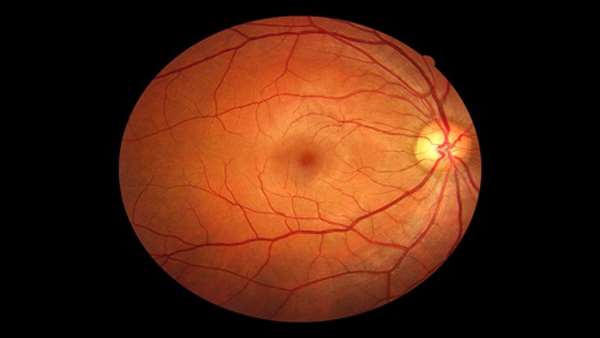‘Retina in a dish’ provides new insight into inherited blindness
The inherited eye disease retinitis pigmentosa (RP) is caused by genetic changes that are not well understood. For example, mutations in cell proteins known as “splicing factors” can cause RP, though the exact mechanism behind the problem has been somewhat of a mystery.
The inherited eye disease retinitis pigmentosa (RP) is caused by genetic changes that are not well understood. For example, mutations in cell proteins known as “splicing factors” can cause RP, though the exact mechanism behind the problem has been somewhat of a mystery.
So scientists at Newcastle University in the U.K. created a “retina in a dish” using stem cells from patients with RP. That allowed them to compare retinal cells with other cell types—and to figure out what goes wrong when splicing factors are defective. With that knowledge, they went on to use the gene editing system CRISPR-Cas9 to correct defects in one of the splicing factors, according to a statement.
Using their retina built from stem cells, the researchers demonstrated that defective splicing factors are unable to correctly proofread the genetic code of retinal cells. So the code is continuously misinterpreted. That damages the formation and functioning of retinal pigment epithelial (RPE) cells, which are vital for supporting the light-perceiving photoreceptors in the eye. The result is a gradual, progressive loss of sight.
The team went on to use CRISPR-Cas9 to correct genetic defects in one splicing factor, which in turn protected the functioning of both RPE cells and photoreceptors. The research was published in the journal Nature Communications.
“This research gives us much deeper and broader insights into how splicing factors cause retinitis pigmentosa, enabling the next step in our research—the design of gene therapies for future treatments,” said lead author Majlinda Lako, a professor at Newcastle University, in the statement.
RELATED: Activating dormant retinal stem cells to treat blindness
Gene therapy for RP is already a reality, thanks to Spark Therapeutics, which won FDA approval for Luxturna last year. That treatment works by delivering a functional copy of the gene RPE65 into retinal cells. The gene then produces a protein to restore vision.
Several other gene-focused techniques are being investigated to fight vision loss. In August, Mount Sinai researchers described how they used gene transfer to reprogram Müller glial cells in the retina, helping to regenerate photoreceptors. And a team at the Salk Institute has used CRISPR-Cas9 to deliver genetic instructions that helped restore sight in rat models of RP.
The Newcastle team plans further studies to better understand RP that’s caused by splicing factor mutations. They hope the work will ultimately lead to targeted therapies for patients with this form of the disease.
Reference:https://www.fiercebiotech.com/research/retina-a-dish-provides-new-insight-into-inherited-blindness





ارسال به دوستان